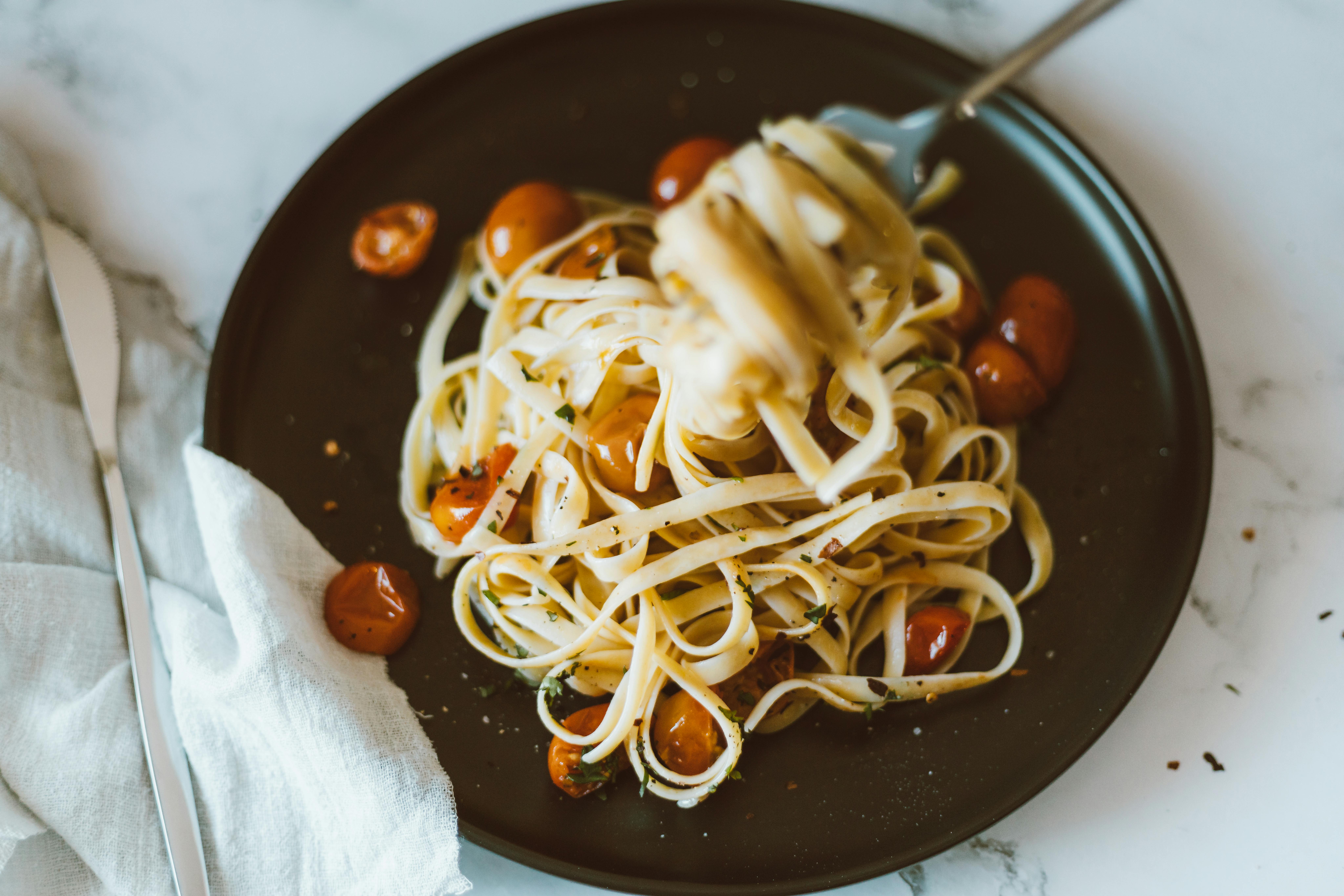Knowing how to make rullepolse or ribberulle, the seasoned meat roll, is an essential element of having a proper Scandinavian Christmas party, at least at our house. Once you can get the required lamb brisket, the rest of the process can be a fun, family affair.
The first thing we have to do is bone the lamb skirt and trim it. We like to do this ourselves, as it’s important not to cut through the “fall”, which is the skin-like membrane that covers the surface of the meat. If there are holes or cuts in the drop, the ingredients inside will pop out. Don’t worry too much as we can sew up the holes if needed, but it’s best to keep the fall intact. Also, the drop provides a good anchor to which we sew the shell. All the ribs are removed along with the excess fat. We then trim the edges to “square” the meat into what looks like a rectangular sheet of meat and fat, thus becoming the ribberull carcass.
I know this sounds like a lot of work, but I think the origins stem from the fact that in the “old days”, you didn’t waste any part of a slaughtered animal. Making ribberull was a way of taking an undesirable part of the lamb and transforming it into something delicious.
Now comes the assembly process. We buy the cheapest cut of pork we can find, usually a pork tenderloin. Cut it into thin slices, trying to remove as much of the excess fat as you can. There’s already enough fat on the side of the lamb, plus we don’t want to cover up any of the flavor of the lamb from the processed lamb fat. Then cut several onions into thin slices. Have plenty of salt and pepper available. The last thing you’ll need is a tapestry needle, or any needle with a large eye, and plain cotton thread.
We always sit at the kitchen table to do this as it takes some time to put together. Place the lamb brisket in front of you and proceed to season the lamb. You will need to put a lot of salt and pepper, much more than you think. There is no recipe, it is just something that is learned from experience. The reason for this is that the ribberull needs to be boiled for several hours, so much of the salt cooks off. Otherwise, the resulting product is too bland. This is the topic of conversation every year as the new batch of ribberull is carefully evaluated by trained family palates. This evaluation process is important as we try to remember for next year if seasoning levels need to be adjusted.
Now layer the onion and pork on top of this, then more salt and pepper. Then more onions and pork, and more salt and pepper. Two coats are usually all you need. The point is to get as much stuffing as possible inside the lamb casing, so you may need to add more or remove some if needed.
Now comes the fun part. You have to “roll” this sheet of lamb, pork, and onion together until the two ends meet, overlapping a bit. She then takes the needle and the string and proceeds to sew the ribberull, while manipulating the fillings to prevent them from falling out. His goal is to sew the lamb brisket into what looks like an overstuffed sausage, leaving no holes or gaps for the stuffing to leak out. This is hard to describe in writing, and is something best seen in person.
Then you wrap the ribberull in a couple of layers of gauze, and then wrap it tightly with rope, rolling the entire surface several times. The cheesecloth and string act to hold the ribberull together, as it tends to fall apart during the cooking process. We put them in the fridge for a day or two as this cures it up a bit and lets the flavors meld. Boil for several hours, until tender. The wonderful smell of the house is unlike any other, a true sign that Christmas is near.
The process is not complete. After the ribberull is done, you take it out of the water and then flatten it to about an inch or so deep. We use what we call a ruler vise which consists of two boards with long bolts at each of the four corners. The boards are slowly joined by screwing a wing nut onto each bolt. You open the press, place the cooked ribberull between the two boards, then proceed to join the two boards together until you reach the desired thickness. At this point, you refrigerate it until chilled. Remove it from the press and carefully remove the cheesecloth and thread. Be careful not to rip the ribberull, as the string used to sew it is often embedded in the ribberull itself.
Finally!! Are you ready! The resulting product is a flat, somewhat oblong piece of meat. We cut it into slices about 1/4 inch thick. You can’t cut it too thin as it tends to fall apart easily. We use it as a cold cut, making the perfect sandwich. No add-ons, apart from maybe a little butter. You don’t want any seasoning to detract from the rich flavor. Scandinavian or not, try this wonderful dish at least once in your life!
